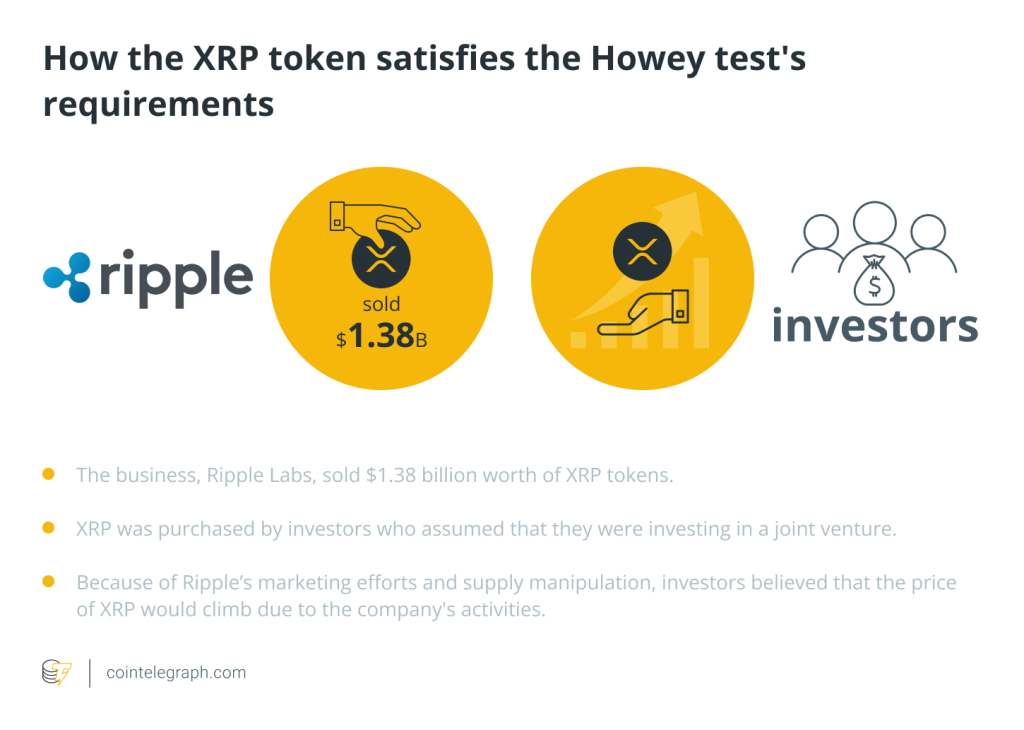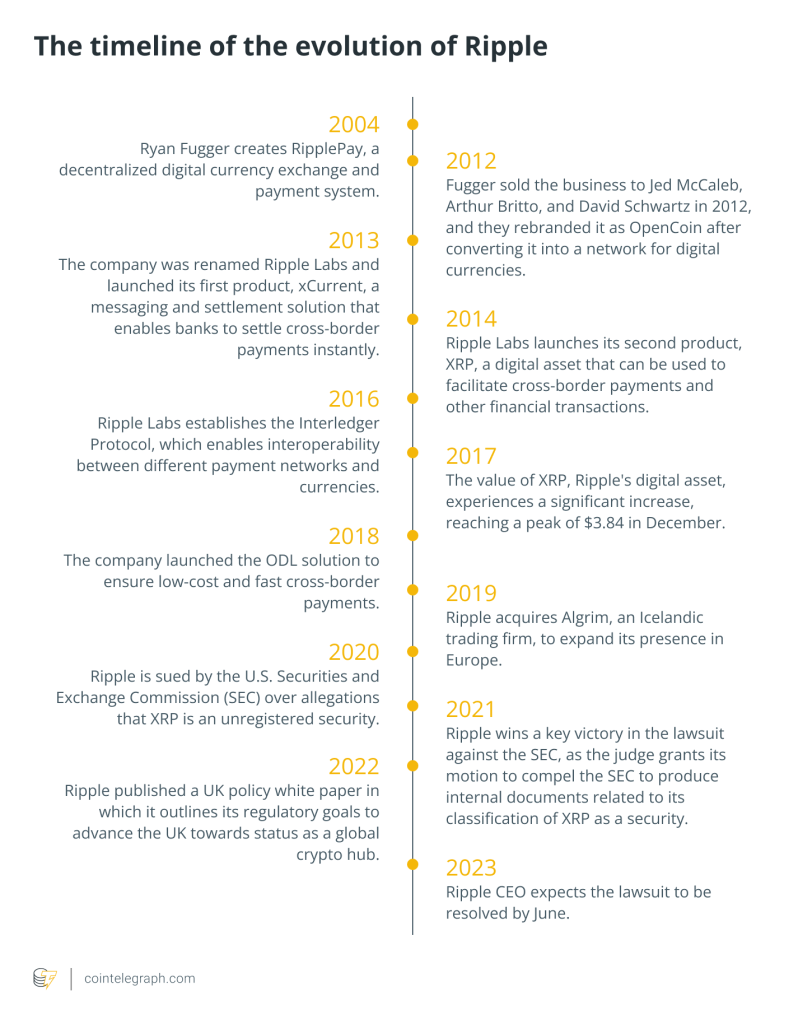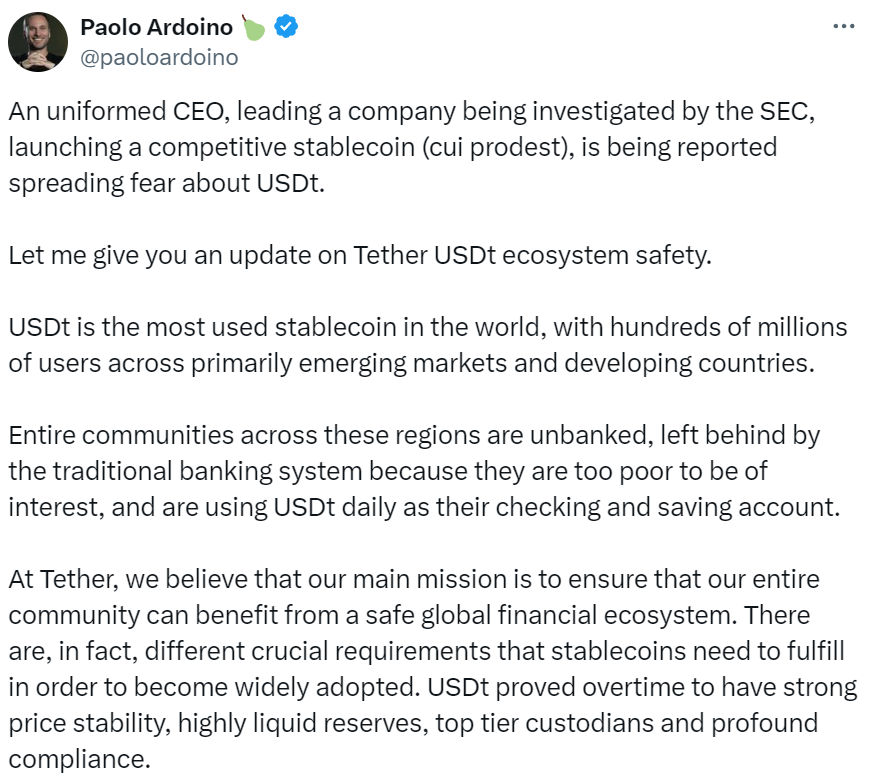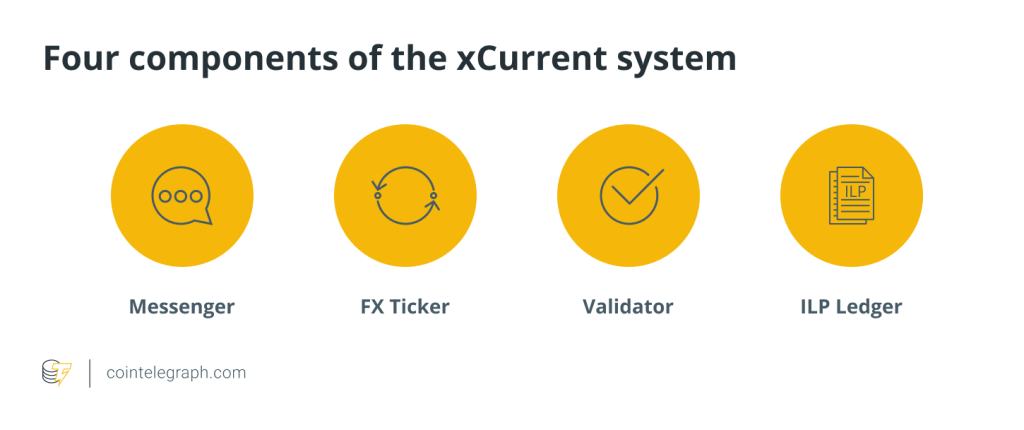Ripple taking ‘cheap shots’ at Tether, says Samson Mow

Ripple CEO Brad Garlinghouse stands accused of spreading fear, uncertainty and doubt about Tether.

Ripple CEO Brad Garlinghouse is receiving considerable criticism for his comments about Tether after saying, “The U.S. government is going after Tether, that is clear to me.”
Garlinghouse made the comments on the May 10 episode of the World Class podcast after discussing the potential for a future black swan event.
On X, Tether CEO Paolo Ardoino labeled Garlinghouse “An uninformed CEO,” while Samson Mow, CEO of hyperbitcoinization firm Jan3, told Garlinghouse to “leave the attacking to the XRP bots.”
Cointelegraph caught up with Mow to gain further insight into why Garlinghouse, whose company is launching its own stablecoin, may have Tether on his mind.
In Mow’s verdict, “Garlinghouse is obviously trying to spread FUD [fear, uncertainty and doubt] about Tether. That is the standard play for companies trying to compete against Tether for the past decade. It clearly doesn’t work. Just look at the incredible growth that Tether had, and now they are diversified into areas like energy, AI and more.”
As Mow sees it, Garlinghouse has both Bitcoin (BTC) and Tether (USDT) in his sights for broadly similar reasons.
“Garlinghouse is motivated to attack both Bitcoin and Tether because they both compete with what he wants Ripple/XRP to be,” Mow said.
Alluding to his earlier social media post, he added, “Bitcoin was an initial target of their bot armies when XRP was trying to be money. Now that Ripple wants to be a stablecoin issuer, they are going to try cheap shots like we’re seeing now.”
Mow was brutal in his final assessment of whether the strategy would gain traction with the general public.
“XRP failed to compete with Bitcoin, and their stablecoin will fail too,” he said.
To clarify, no further clarification
Following the backlash, Garlinghouse replied to Ardoino on X on May 13.
“I wasn’t attacking Tether,” said Garlinghouse, “the next words out of my mouth during the podcast were that I view Tether as a hugely important part of the ecosystem.”
“My point was that the U.S. govt has clearly indicated they want more control over USD-backed stablecoin issuers, and thus, Tether, as the largest player, is in their line of sight,” Garlinghouse said.
Recent: SEC’s ETF decision means ETH and ’a lot’ of other tokens are not securities
At first glance, this appeared to offer Ardiono an Olive branch, but on closer inspection, the clarification did not reverse or alter Garlinghouse’s initial statement. It simply reiterated it.
The importance of Tether to the ecosystem has no bearing on the United States Securities and Exchange Commission nor on its connection in some way to a future black swan event.
Cointelegraph contacted Ripple to see if there might be any movement on Garlinghouse’s first statement, but a Ripple spokesperson told Cointelegraph Garlinghouse’s May 13 post on X was the “final word” on the matter “as things stand.”
A deep rabbit hole
The full story of Tether and the long list of accusations leveled against it is one of the crypto industry’s deep rabbit holes, but in the interests of brevity, the allegations against it (which Tether refutes) can be boiled down to a few key points:
- Tether’s U.S.-pegged stablecoins are not properly audited or fully backed by equivalent real-world assets.
- Tether is “printed out of thin air” to manipulate the market, buying Bitcoin (BTC) and pumping the price.
- Tether is effectively unregulated and does not comply with law enforcement.
- The rapid growth of Tether creates the risk of a future financial shock (the black swan argument).
“Never Tether” skeptics Amy Castor and David Gerard are among the most vociferous of critics.
In a May 14 piece, the two co-authors echoed Garlinghouse’s point when they said, “We think Tether’s day of reckoning is on the horizon” due to “sanctions evasion.”
“Binance already learned this lesson after supplying services to Iran,” they said. “We expect something similar to happen to Tether — large fines, compliance requirements, and the possibility of jail time for Tether principals.”
In 2023, Ardiono revealed that the company was working with law enforcement and regulators.
In a Dec. 16, 2023, letter addressed to Senator Cynthia Lummis and Representative French Hill Ardiono said, “Tether recently onboarded the United States Secret Service into our platform and is in the process of doing the same with the Federal Bureau of Investigation.”
So, while Garlinghouse says the U.S. is “going after Tether,” the company says it has already opened the door and invited them inside.
Who is coming for who?
In April, Ripple announced it would launch its own stablecoin, later confirming that the name of the dollar-pegged currency would be RLUSD.
At the time, Ripple chief technology officer David Schwartz said the market was valued at around $150 billion, with room for another competitor.
“We don’t think it’s a winner-take-all-all ecosystem, particularly on the DeFi side,” said Schwartz.
That doesn’t mean Ripple intends to play nice with the competition. Garlinghouse’s comments have done just enough to cast doubt in Tether’s direction, even if the Ripple CEO now pleads his innocent intentions.
But having fired “cheap shots,” as Mow puts it, Ripple was always going to take a few salvos of criticism in return.
“It’s funny that Brad Garlinghouse is making claims that the ‘U.S. government is going after Tether’ as if he would be in any position to have any insight,” said Mow. “The fact is the U.S. government is actually ‘going after Ripple’ for $2.5 billion in fines as Ripple broke the law by selling unregistered securities (XRP).”
Cointelegraph reached out to Tether for comment but didn’t receive a response before publication time.






Responses